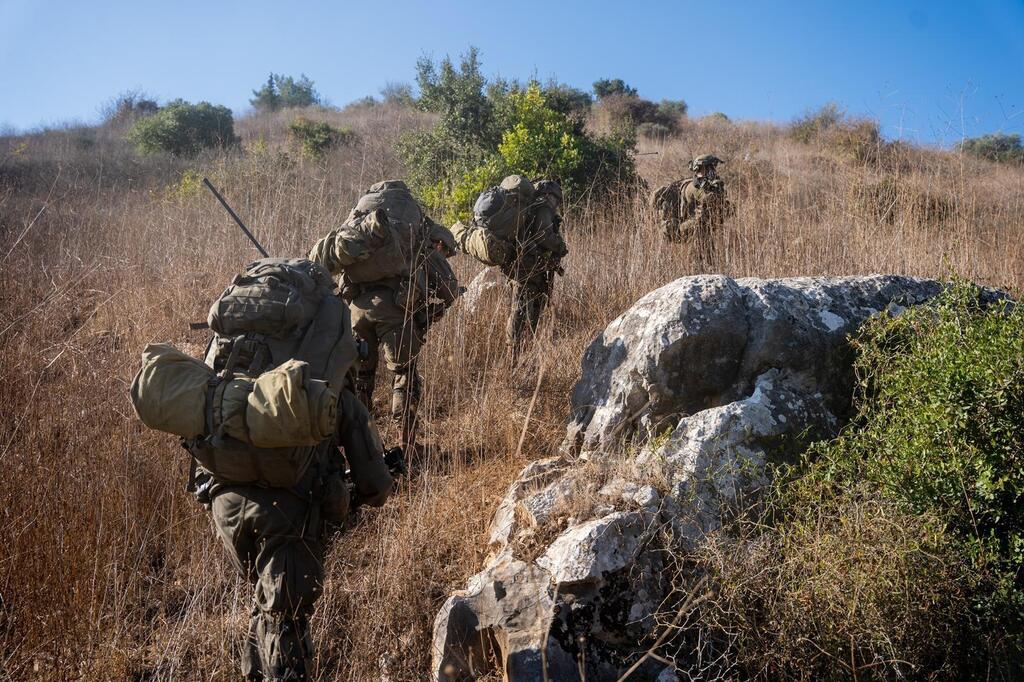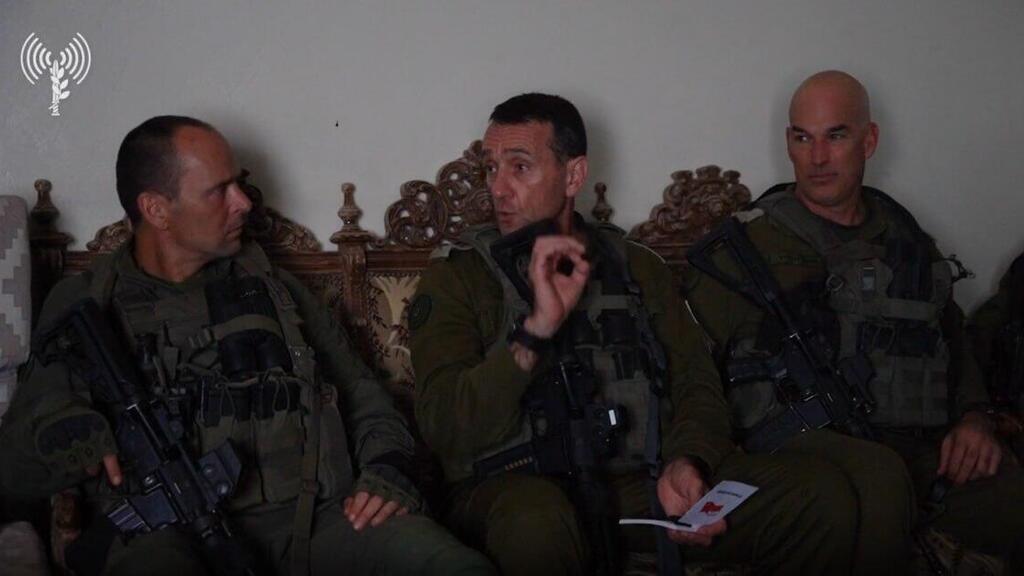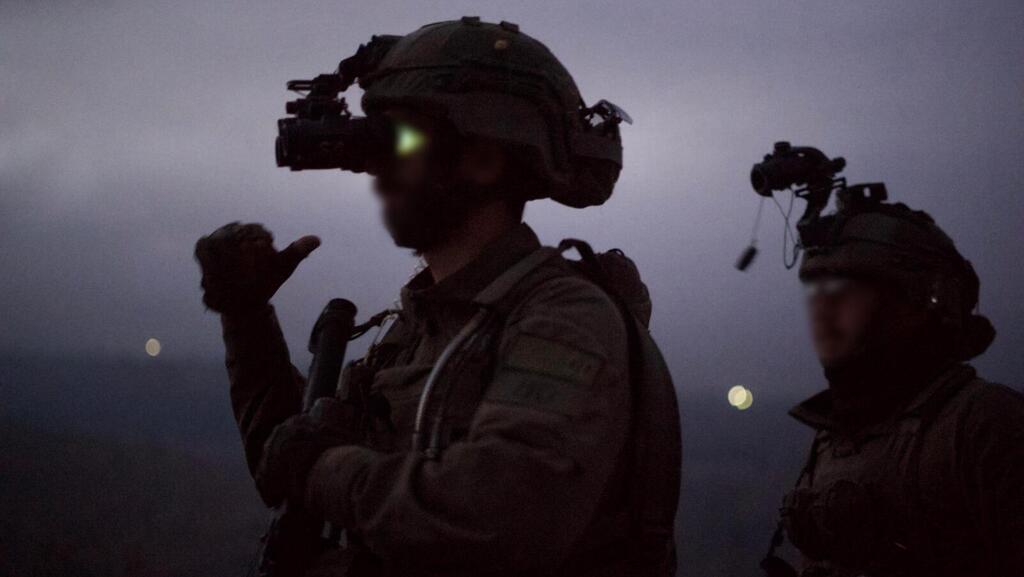The IDF has been operating in South Lebanon and Gaza with fewer forces as tactics on both fronts grow similar. However, it’s now becoming clear that the military’s hourglass is depleting much faster than that of Israel's politicians.
The ground operation in southern Lebanon is conducted under greater secrecy and limited information from the IDF, aiming to complicate the actions of Hezbollah, which is far from being disarmed.
Currently, fewer brigades are involved in the three divisional operations taking place 4–5 kilometers from the border compared to the peak of the campaign to eliminate the Radwan Force's invasion threat to Israel about a month ago.
Although the IDF has not officially acknowledged it, the Northern Command effectively completed the mission set by decision-makers about two weeks ago, ensuring the return of Galilee residents to their homes. Despite this, the military continues to push its soldiers to fight and insists the IDF "isn't growing tired," as IDF Chief of Staff Lt. Gen. Herzi Halevi said in his visit to Lebanon last week.
To explain the current activities of IDF soldiers in southern Lebanon, the military uses terms like "preserving achievements" and targeting Hezbollah’s rocket launchers capable of hitting short and medium ranges such as the Haifa Bay area.
There are now increasing indications that the IDF will advance to the second line of villages and potentially beyond, though it has not yet entered larger towns.
The military clock ticks faster than the political one, with Northern Command divisions having accomplished their mission, and the IDF subtly urging the government to negotiate a cease-fire in the north.
"A full-scale maneuver isn’t in the foreseeable future and we’re currently in the best position regarding the IDF’s achievements — eliminating Hezbollah commanders and leadership and seizing thousands of their assets in missile, rocket and production capabilities," security officials said.
However, some in the IDF were stunned by the U.S. report suggesting the government might wait another two months until U.S. President-elect Donald Trump takes office to present him with a cease-fire “gift.”
This delay could mean enduring a harsh Lebanese winter — a grueling challenge not accounted for in the initial plans, nor necessarily manageable given the IDF’s depleted state after 14 months of extensive multi-front combat.
Strikes in Beirut
The end of the northern war, coupled with the shift to prolonged fighting in Gaza — with or without the release of hostages — would mark the conclusion of this extended conflict for a government that seemingly favors its continuation.
It could trigger a state commission of inquiry, feared by the government and possibly lead to elections. In this context, the military clock, marked by casualties and losses is no longer synchronizes with the slower political clock aiming for perpetual war.
Meanwhile, the IDF continues to pound the Dahieh bringing destruction to dozens of Hezbollah complexes in Beirut's Shiite district in recent weeks. Around 200 targets were struck from the air in five waves if strikes over the weekend alone. Further south, near the Israeli border, commanders describe similar tactics to those used in the operation's first month: limited raids involving large forces.
Troops don't remain in these villages beyond the designated timeline. They retreat on foot to nearby Israeli territory and return for follow-up actions if needed, such as demolishing or clearing extensive combat zones both above and below ground.
In recent days, soldiers were surprised to uncover Hezbollah terror infrastructure on the outskirts of a Christian village near the border. These Christian villages had previously enjoyed IDF immunity because the physically resisted Hezbollah's incursions into their territories over the years.
"We’re not rushing into every house. We're working slowly and systematically, following a clear operational doctrine," said reserve commanders operating in southern Lebanon. "We deploy many small drones for preliminary scans, even though there's always the risk of a terrorist cell hiding in an attic. Our progress involves a lot of careful deliberation."
So far, Hezbollah's resistance in this second line of Lebanese villages has been limited, with forces finding a relatively few — around 20 to 30 on average in each village, who remained instead of fleeing. Hundreds of IDF soldiers are involved in each attack.
Commanders continue to praise the military’s tactical intelligence, which nearly hits the mark on every indication given to soldiers about the locations of operatives, explosives and large weapon caches they continue to find and destroy.
"We're not idle. The mission isn’t to capture a village and settle in it; instead, we work according to a target list. It’s smarter and more effective to operate this way," one commander said. "There are explosive devices in some areas, but fewer than we expected."
Get the Ynetnews app on your smartphone:









